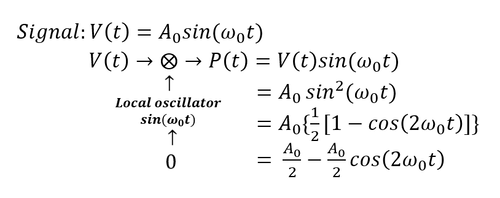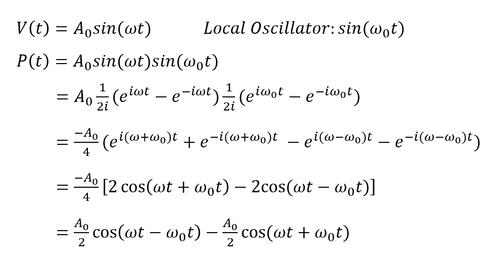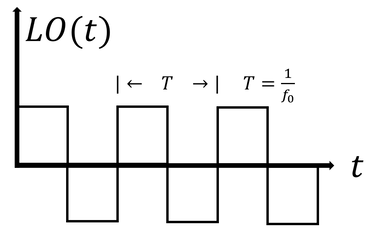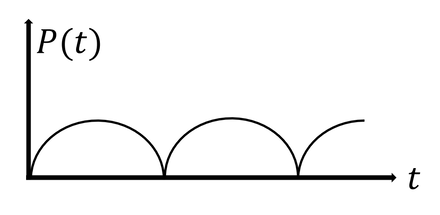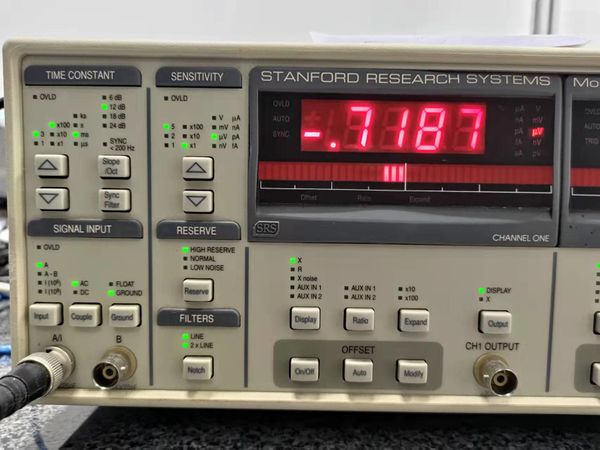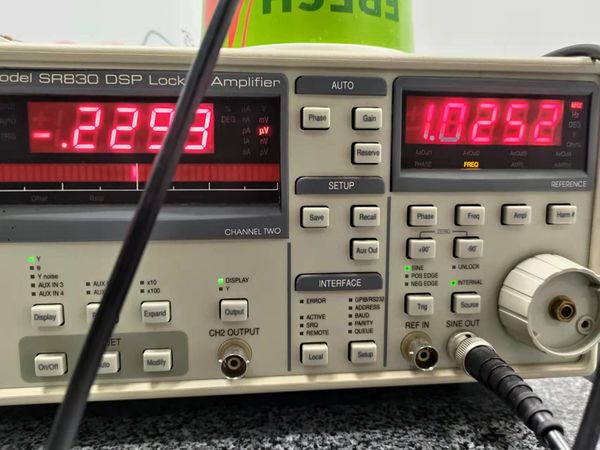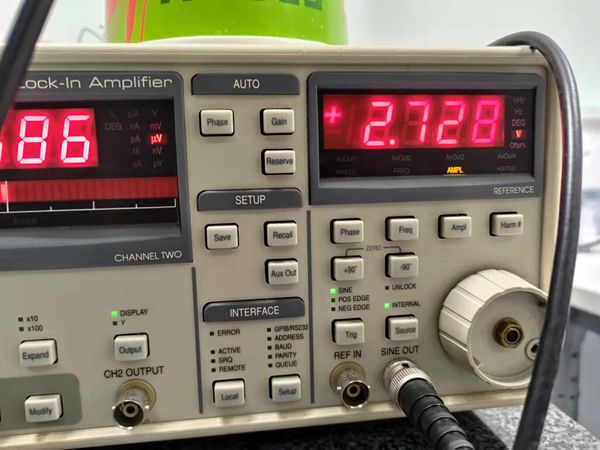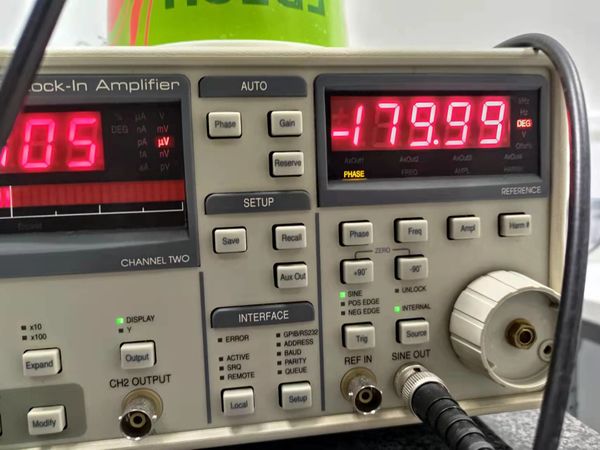Smoke detection in air: Difference between revisions
Jump to navigation
Jump to search
Huanghaitao (talk | contribs) No edit summary |
Huanghaitao (talk | contribs) No edit summary |
||
| Line 8: | Line 8: | ||
[[File:SMOKE1.png|400px|center]] | [[File:SMOKE1.png|400px|center]] | ||
;Mathematical Description | ;==Mathematical Description== | ||
[[File:SMOKE2.png|500px]][[File:SMOKE3.png|500px]] | [[File:SMOKE2.png|500px]][[File:SMOKE3.png|500px]] | ||
Revision as of 09:12, 28 April 2022
- Introduction
Smoke detector is a device that senses smoke, typically as an indicator of fire. Commercial smoke detectors issue a signal to a fire alarm control panel as part of a fire alarm system. Household smoke detectors, also known as smoke alarms, generally issue an audible or visual alarm from the detector itself or several detectors if there are multiple devices interlinked [1].
- Lock-In Amplifier
Measure small signals in a large background (huge noise).
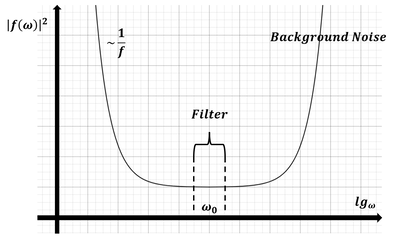
- ==Mathematical Description==
- Signal Variation
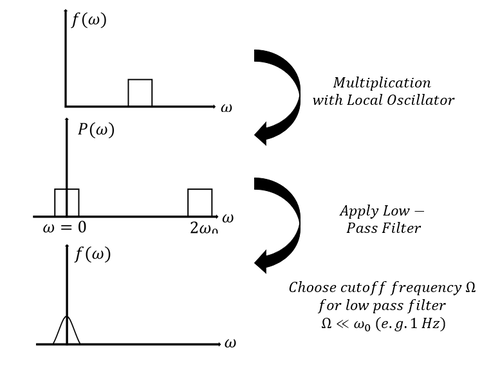
- Logic Flow
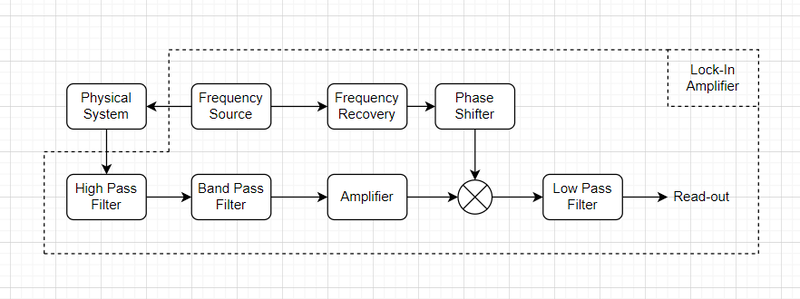
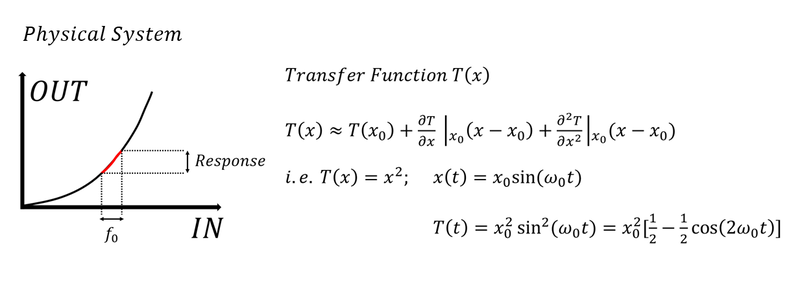
- Component List
- 1) DC Voltage source (MATRIX MODEL: MPS-3005L-3)
- 2) MODEL SR830 DSP Lock-In Amplifier
- 3) BWP34 Silicon PIN Photodiode
- 4) WAVESURFER 104MXS Oscillator
- 5) Capacitor (50V 22uF)
- 6) Resistor (1.2K)
- 7) LED (Green)
- Overall Setup
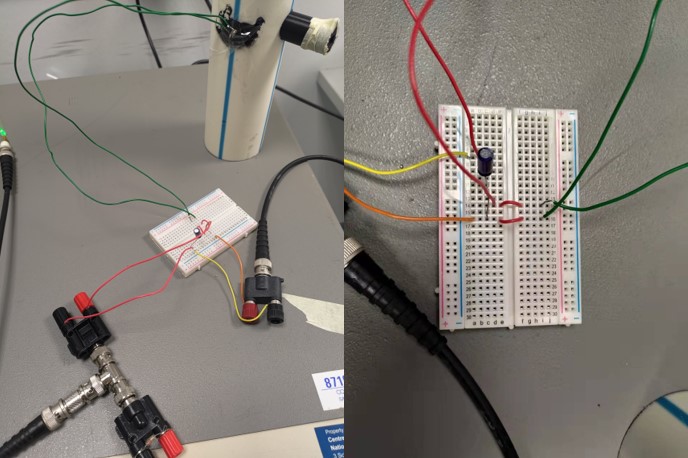
- Lock-In Amplifier Setup
- Schematics
